Class of 2020 | cohenjas@wharton.upenn.edu
Believe it or not, your $9.99 Spotify subscription puts you significantly in the minority when it comes to music subscription services. As of last year, only 18% of Americans surveyed use Spotify at all (7% premium), as compared to the 30% who use Pandora and 27% who use YouTube. And yet, with the streaming industry paying so much of their revenue to artists, it is worth questioning how much longer these companies can survive without a profit. This inability to make money while taking over market share is a likely explanation for Pandora’s recent hiring of Centerview Partners, an IB/PE firm, to explore all strategic options going forward. Pandora wants to take their service to the next level and ultimately make it profitable, and in today’s money-burning race for market share, there is perhaps no better place to turn than private equity.
In the past ten years, the music industry has evolved more than the preceding 50 years in terms of accessibility. While people used to save up their allowance for physical albums for their CD players or $0.99 iTunes songs for their iPod Shuffles, now there seems to be an infinite number of options for getting music on-demand. Spotify, which came over from Europe in 2011, has become the number one destination for a fully on demand subscription model. Pandora Media, which IPO’d in 2011 and had been in the business for over a decade prior, leads the way in terms of total usage because of their freemium, ad-based revenue model. Pandora is also not fully on demand as it only allows the user to play a radio station, but it is highly customizable for the user. Apple’s iTunes and Google’s Google Play have been losing and gaining ground respectively, and ultimately have difficulty selling music when it can be found for free in so many places. They have also adopted the customized, free radio feature. Finally, there is a collection of smaller services such as iHeartRadio and Tidal Music that are competing for the hundreds of millions of users in the U.S. alone. On top of this all, YouTube offers most songs and recently adopted features that make listening easier, while illegal websites offering free music downloads are too widespread to regulate. In short, this market is crowded and difficult.
Pandora wants to remain on top, and to do this, they need money. CEO Tim Westergren is in talks with Providence Equity Partners, Silver Lake, KKR, and others because he wants capital to expand his service beyond just North America and Australia, where the company is based. This is a risky move, as turning to PE often is, but the dividends it can pay off are huge. The streaming market is at $2.9 billion as of 2015 and still growing rapidly. On the PE side, there is $820 billion not being invested at the moment. Companies like Pandora Media will have countless options because of the upside involved in a successful investment, and because of the amount of capital that PE funds have to work with when making expensive investments.
It is worth noting, however, that Pandora’s stock, traded publicly on the New York Stock Exchange, has dipped in the past few weeks. In fact, the stock has gone from its highest point of $37 in February, 2014, to its current value of less than $11 in (market cap $2.42B) in just over three years. Oddly enough, Pandora reportedly turned down a buyout offer from Sirius XM Radio, meaning they are confident in their ability to make a deal via PE. Sirius XM was actually in a similar situation to Pandora just 8 years ago, handing over 40% of their equity in exchange for simply the ability to remain afloat. However, considering that even they look at Pandora as a daunting task, a money-churning machine facing a plethora of competition and showing no recent growth, this may be the most important business decision of Pandora’s young life. This is the point where they have to decide whether to sink or swim, and unfortunately for Pandora, they might be too bogged down at this point to get out.
Figure 2: Profitability of Music Streaming
Figure 3: Weekly Streaming Share



